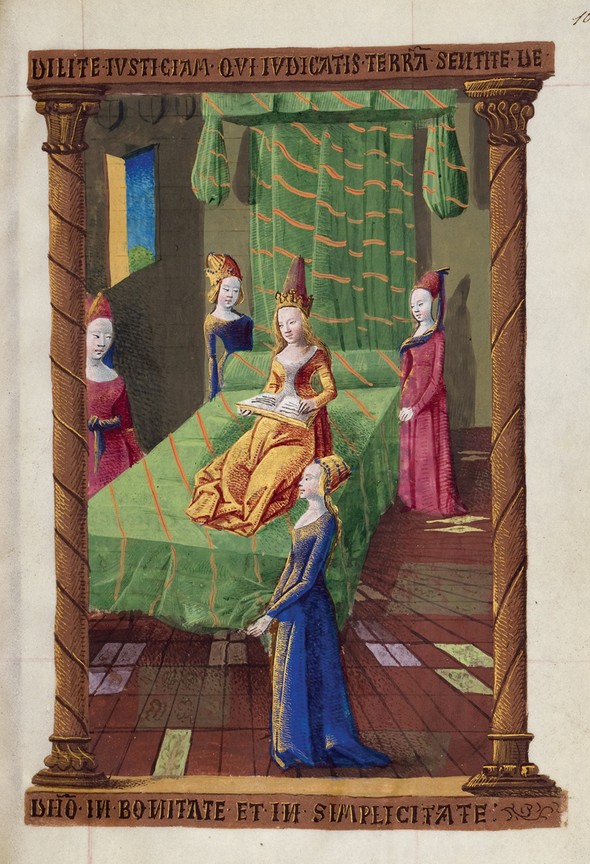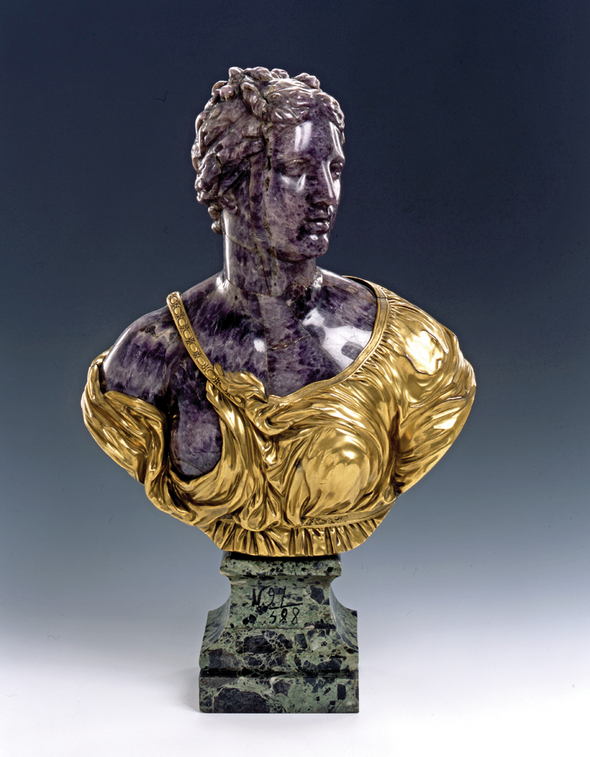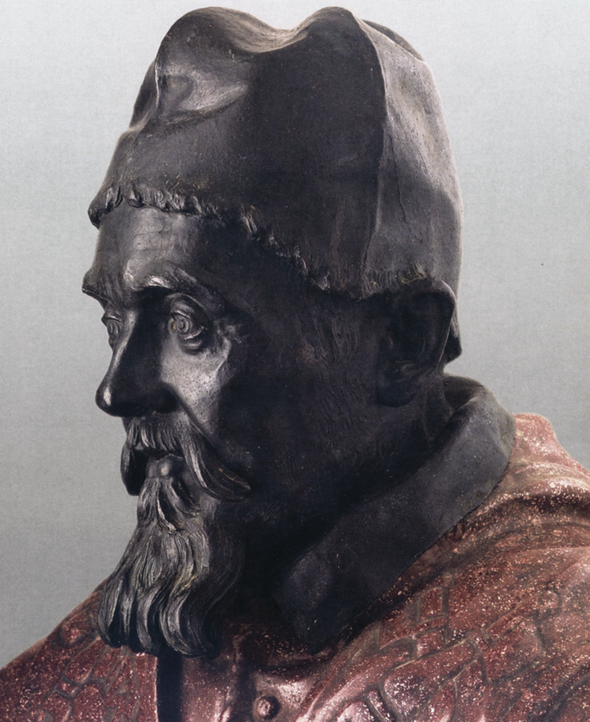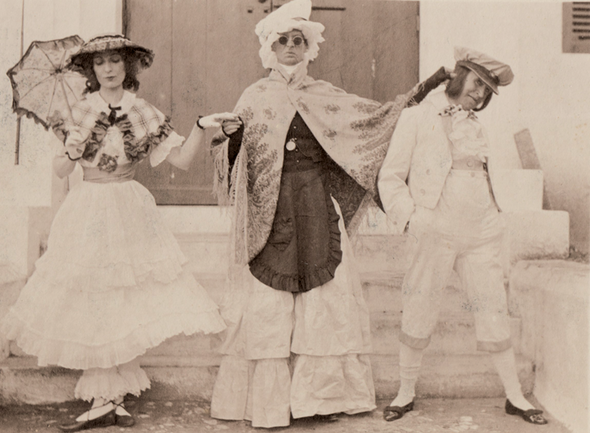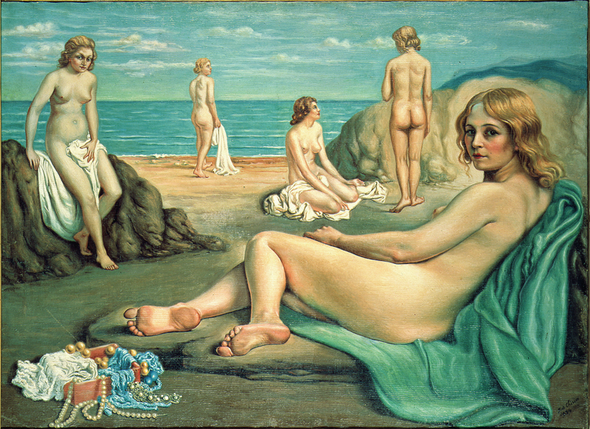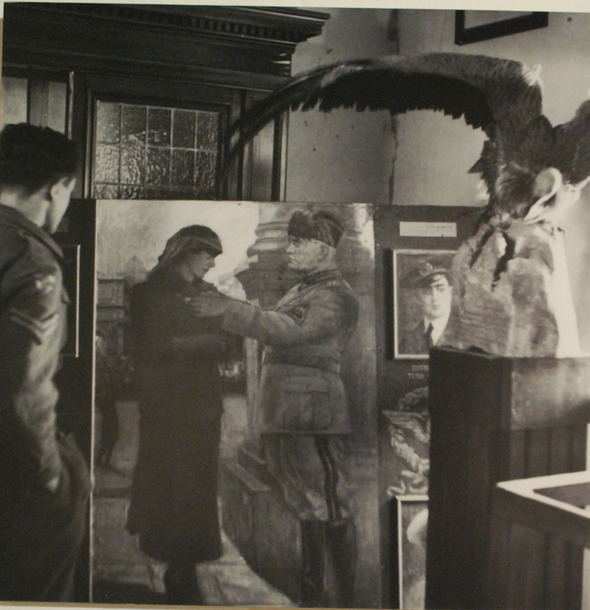Want to continue reading? Get 1 month digital access for only .
Subscribe now
By using this website you agree to our Cookie policy
In recent months the media has had a field day in reporting and commenting on the merry-go-round of resignations, retirements and appointments at major London galleries and museums. It is indeed a turbulent period, a macedonia of congratulations, sorrow, expectancy and Schadenfreude. The appointment of a new director brings a particular institution under the spotlight and suggestions on possible future conduct come from all sides. The resignation of a director is a trickier problem, for the reasons behind it are rarely disclosed or are given only a bland gloss in a press release: much more lies behind an outgoing director’s ‘wish to move on to different challenges’. It should not be forgotten that new directors can make little public impact in the early part of their tenure, particularly on matters such as the exhibition programme, scheduled well before their arrival. Getting to know personnel, methods of business, the unexpected quirks of curators, committees and trustees are all a priority. Everyone associated with the museum will want a piece of the new director, to have his or her particular attention and approval. This intensifies over time as staff get to know a director’s strengths and weaknesses. This is apparent in Frederick Wiseman’s film on the National Gallery, released last year. We see Nicholas Penny, now the outgoing director, dealing with tricky problems of publicity and marketing in his inimitably sceptical way, as well as with gloomy financial reports. We also see him in eloquent flow in front of a Poussin and an audience of well-heeled Gallery supporters. Here are the twin peaks of such a role – administration and scholarship. We also witness some depressing marketing ploys being fielded to him and hear of the importance of the Gallery’s audience as an equal partner of the curators. Lipservice was paid to the ‘beautiful’ exhibitions and their ‘fine design’ (this was filmed before the Rembrandt show last year) – but, asked the PR representative guilelessly, how does the Gallery connect with the public?
The penurious Henri Rousseau, Le Douanier, never travelled outside France. Now he is celebrated in the august surroundings of the Doge’s Palace, Venice (to 6th September), in the exhibition Henri Rousseau. Il candore arcaico (translated as ‘archaic naivety’). As with the 2014 exhibition in the same venue dedicated to Manet, this is a joint project of the Fondazione Musei Civici di Venezia and the Musée d’Orsay and l’Orangerie.1
